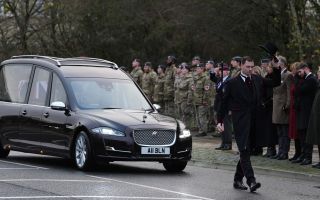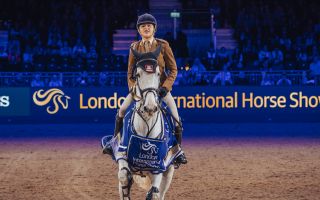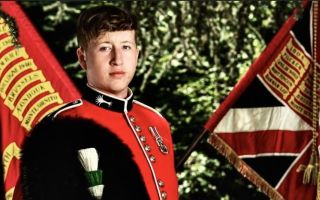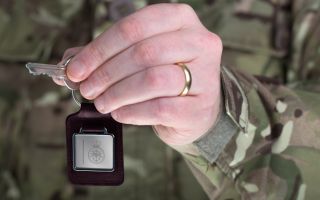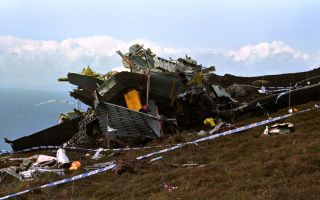A unique tradition: Belgian armed forces march with weapons on streets of London
The Band of the Grenadier Guards, cadets and veterans have marched alongside members of the Belgian armed forces and veterans at the annual Belgian Parade in central London.
Some 250 Belgian soldiers took part in ceremony at the Cenotaph alongside around 100 British troops.
The ceremony takes place every year in July, on the Saturday before Belgian National Day, to pay tribute to those who lost their lives during the First World War.
The parade is a symbol of the ties between the British and Belgian soldiers during and after both World Wars and the military allegiance which continues to unite both countries today.
It was attended by the Belgian Chief of Defence, General Vansina, and the Belgian Minister of Security and the Interior, Bernhard Quintin, who laid wreaths in tribute to the fallen.
A small detachment from F Company, Scots Guards also took part and the King's Life Guard was undertaken by Canadian unit Lord Strathcona's Horse, which was already undertaking the duty on a separate exchange.
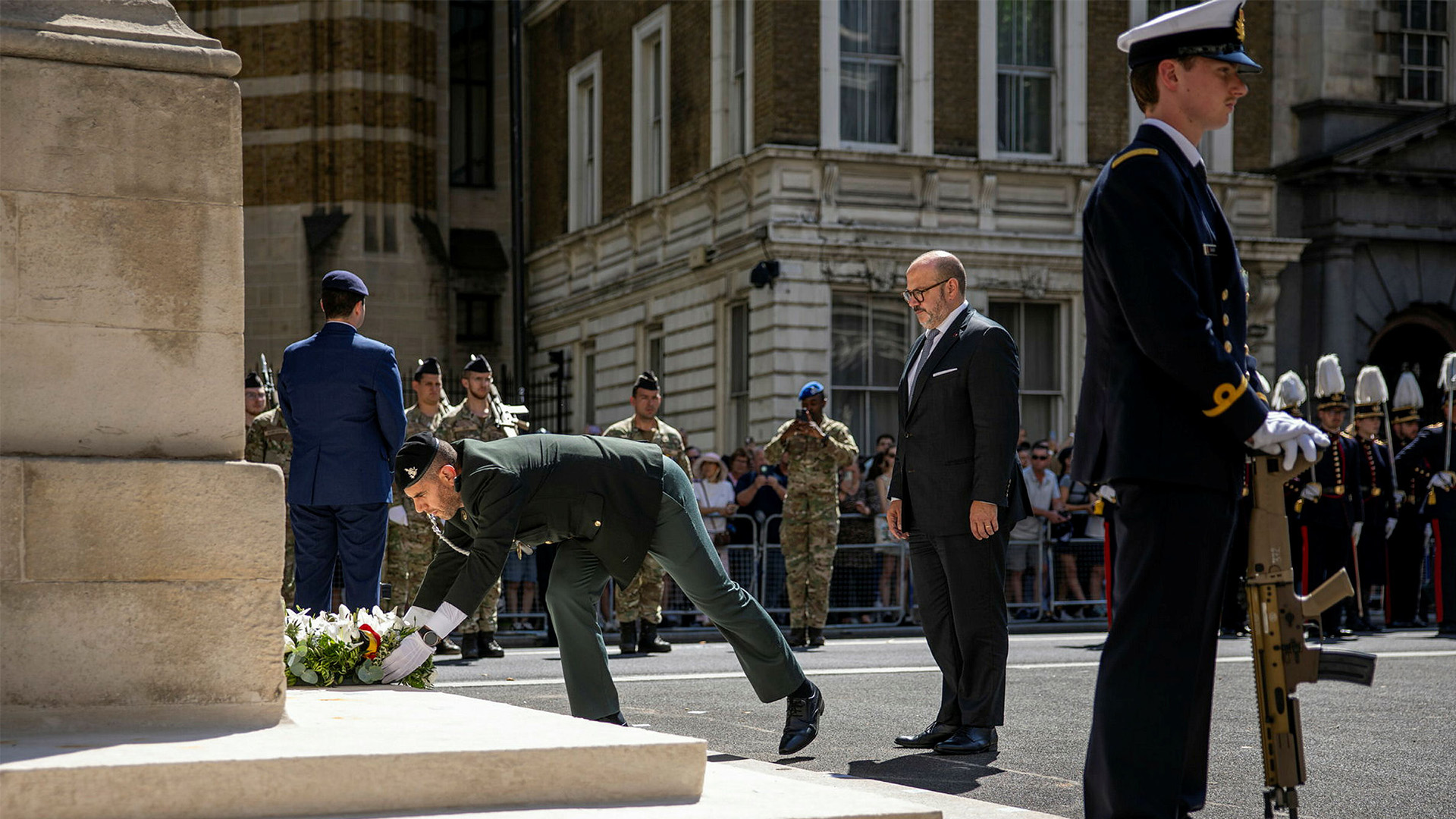
The parade dates back to 1934, when Belgium's King Albert I died in a climbing accident.
During the First World War he had stood side-by-side with King George V - the two monarchs visiting frontline troops together and meeting in person several times.
He was also Colonel-in-Chief of the British 5th Inniskilling Dragoon Guards.
After the Belgian king's death, King George V decided to honour the military partnership with Belgium with an annual parade at the Cenotaph.
Belgium is still the only country outside the Commonwealth that has the right to march carrying weapons through central London.
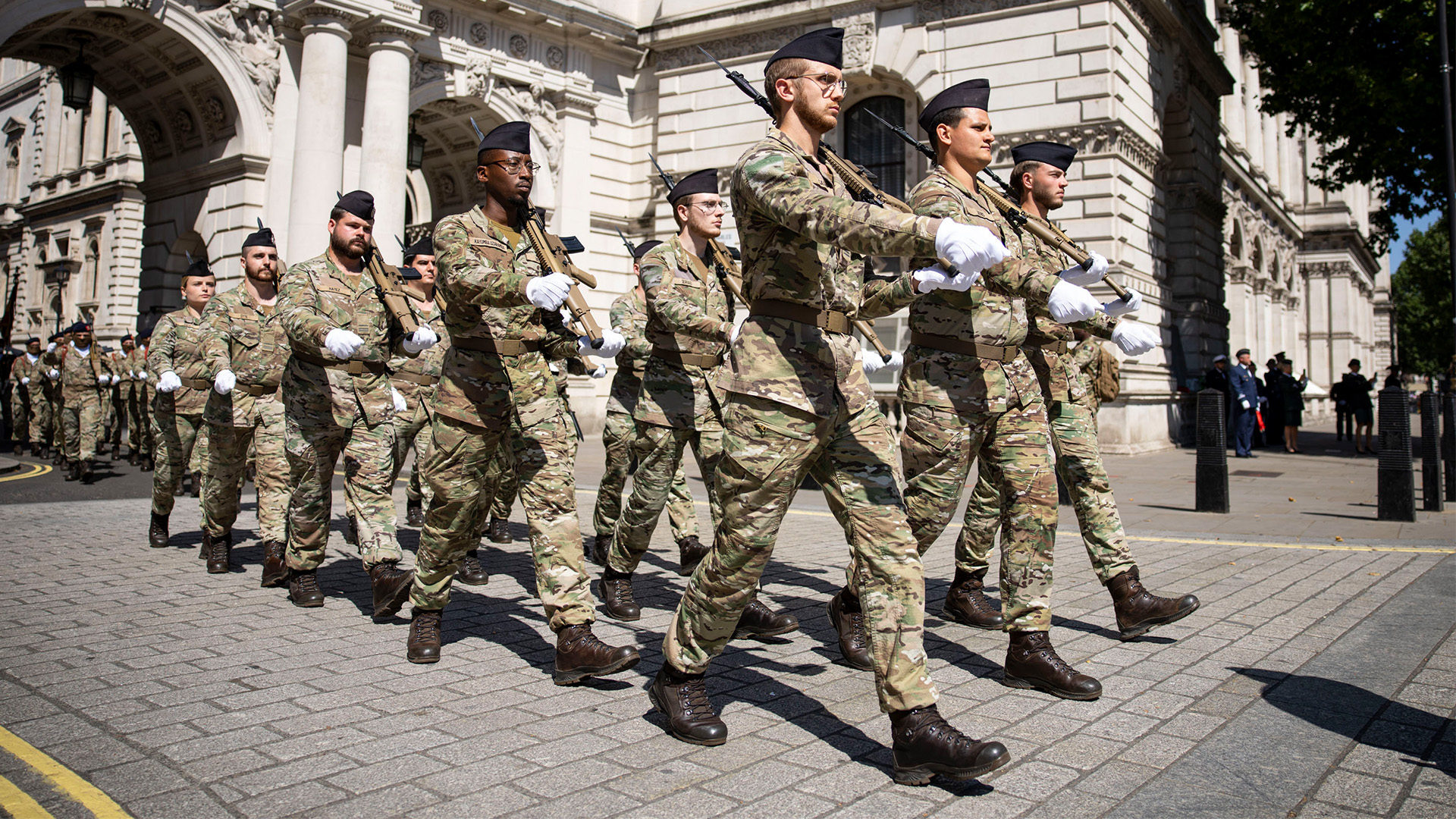
Ninety-one years on from the first Belgian parade in London, the UK and Belgium remain united as Nato partners supporting Ukraine in the fight against Russian aggression.


